François Linke
Una mesa central de estilo Luis XV excepcionalmente rara e importante
£160,000
A Gilt-Bronze Mounted Marquetry Table, By François Linke, the Mounts Designed by Léon Messagé. Linke Index No. 930. Signed 'Linke' to the upper...
Dimensiones
Altura: 75 cm (30 in)Width: 100 cm (40 in)
Profundidad: 61 cm (25 in)
Descripción
A Gilt-Bronze Mounted Marquetry Table, By François Linke, the Mounts Designed by Léon Messagé.
Linke Index No. 930.
Signed ‘Linke’ to the upper bronze moulding.
Stamped ‘FL’ to the reverse of the bronze mounts.
Stamped to the carcass ‘Made in France’.
Of exhibition quality this magnificent table has a fine marquetry inlaid top and sumptuous gilt-bronze mounts, designed and sculpted by Léon Messagé. The shaped gilt-bronze mounted serpentine top is finely inlaid with scrolling bois de bout floral marquetry, above an undulating frieze set to the front with a long drawer and centred by a female mask, the sides are mounted with exuberant scallop-shell mounts and the angles with lively and emotive female espagnolettes emblematic of Modestie and Coquetterie; the table is raised on cabriole legs terminating in shell-capped scrolled sabots.
A rare example in Linke’s oeuvre, the table is a variation of a larger example index number 930, described by Linke as modèle riche, which included an elaborate stretcher with banner-bearing cherubs based on Léon Messagé’s celebrated sculptural group ‘La Source’ (illustrated C. Payne, François Linke: The Belle Epoque of French Furniture, Woodbridge, 2003; p.172, Pl. 186). Linke workshop’s cliché of the larger modèle riche is illustrated in C. Payne, François Linke: The Belle Epoque of French Furniture, Woodbridge, 2003; p.483.
The exceptional sculptural mounts are characteristic of the very finest 19th Century furniture created through François Linke and Léon Messagé’s collaboration. Messagé’s enhanced Louis XV Rococo style embraces the asymmetrical lines of designers such as J.A. Meissonnier, to create lively and emotive figures linked by sinuous encadrement, but cleverly modernised to reflect the surge of popularity of the Art Nouveau.
The female busts, referred to by Linke as Coquetterie et Modestie, although reminiscent of the paintings of François Boucher and Flaconet have moved on in their design from the classical espagnolette, introduced by Charles Cressent in the 18th century, to become something new and vital.
Designed for the celebrated ‘Commode coquille: Coquetterie et Modestie’ (index 559), presented at his award-winning stand at the 1900 Exposition Universelle in Paris, (C. Payne, François Linke: The Belle Epoque of French Furniture, Woodbridge, 2003; p.142-144, pl. 151), Linke was obliged to purchase their design at a tremendous cost from Messagé. First castings began in 1897 and they proved fruitful for Linke, becoming a favourite mount, repurposed by Linke for use on a number of important designs.
The larger version of the current table was intended to be displayed en suite with the commode but was not ready in time for the exhibition. It was first exhibited at the Salon des Industries du Mobilier in 1902, and again in Liège in 1905 (C. Payne, François Linke: The Belle Epoque of French Furniture, Woodbridge, 2003; p. 170-173).
Available in three sizes, 132 cm x 72 cm, 138 x 75 cm and an even larger version (index no. 965) the design proved popular with Linke’s clientele, which included commissions supplied to Elias Meyer in 1909 (Illustrated C. Payne; p.243, pl. 258), Madame d’Astoreca in 1910, Antonio Devoto in 1913 and for King Fuad I’s study at Ras al-Tin, Alexandria, Egypt in the 1920s , (Illustrated C. Payne; p.289, pl. 300).
The present example with its attractive size and absence of a stretcher is a very rare variation with only one other recorded example, a special commission for Ethel Pissis, an American divorcée from San Francisco who married François Linke’s second son Charles in March 1931. (C. Payne, François Linke: The Belle Epoque of French Furniture, Woodbridge, 2003; p. 319).
France, Circa 1910.
Fecha
Alrededor de 1920
Origen
Francia
Medio
Marquetería y bronce dorado
Firma
The upper molding signed 'Linke' and stamped 'FL' to the reverse of the bronze mounts.
François Linke (1855 - 1946) fue el ebanista parisino más importante de finales del siglo XIX y principios del XX, y posiblemente el más cotizado de su época.
Nació en 1855 en el pequeño pueblo de Pankraz, en la actual República Checa. Los registros indican que Linke realizó un aprendizaje con el maestro ebanista Neumann, y que en 1875, a la edad de 20 años, llegó a París, donde vivió hasta su muerte en 1946.
Se sabe que los incipientes talleres de Linke estaban activos en París, en el Faubourg St. Antoine, ya en 1881, y durante esta época suministraba muebles a otros fabricantes más establecidos, como Jansen y Krieger.
La calidad de la artesanía de Linke no fue superada por ninguno de sus contemporáneos y alcanzó su punto álgido con su espectacular stand en la Exposición Universal de París de 1900, donde su Grand Bureau se llevó la medalla de oro. Apostó su fortuna y su reputación en este stand, exponiendo varios muebles impresionantes con montajes escultóricos de la más excepcional calidad y proporción. Su apuesta funcionó y su reputación se consolidó hasta el punto de que Linke siguió siendo la casa de muebles más importante de París hasta la Segunda Guerra Mundial.
Como informó el Art Journal en 1900 sobre el stand de Linke
La obra del Sr. Linke... fue un ejemplo de lo que se puede hacer buscando la inspiración entre los ejemplos clásicos de Luis XV y XVI sin copiar en gran medida estas grandes obras. La obra de M. Linke era original en el verdadero sentido de la palabra, y como tal se recomendaba al buscador inteligente de las cosas realmente artísticas de la Exposición. Se empleó un maravilloso talento en la realización de los magníficos muebles expuestos....'
La formación del estilo distintivo de Linke fue posible gracias a su colaboración con el escultor Léon Messagé. Juntos, Linke y Messagé diseñaron muebles para el stand de Linke en la exposición de 1900, con exuberantes figuras alegóricas fundidas en altorrelieve, que ejemplificaban la capacidad de Linke para fusionar a la perfección los diferentes medios de la talla en madera, el bronce y la marquetería en un todo dinámico y unificado.
En la actualidad, Linke es más conocido por la excepcional calidad de su trabajo, así como por su individualismo e inventiva. Toda su obra tiene los montajes más finos y lujosos, aplicados muy a menudo a carcasas comparativamente sencillas. La brillantez técnica de su obra y el cambio artístico que representó nunca se repitieron.
Bibliografía:
Payne, Christopher. François Linke, (1855 - 1946), The Belle Époque of French Furniture, Antique Collectors' Club, (Woodbridge, UK), 2003.
Meyer, Jonathan. Great Exhibitions - London, New York, Paris, Philadelphia, 1851-1900, Antique Collectors' Club, (Woodbridge, UK), 2006; pp. 298 - 300.
Ledoux - Lebard, Denise. Les Ébénistes du XIXe siècle, Les Editions de l'Amateur, (París), 1984; pp. 439-43.
Revue Artistique & Industrielle, (París), julio-agosto de 1900.
Coral Thomsen, D. (ed), The Paris Exhibition 1900, The Art Journal, 1901; p.341.
Payne, Christopher. François Linke, (1855 – 1946), The Belle Époque of French Furniture, Antique Collectors’ Club, (Woodbridge, UK), 2003.
Meyer, Jonathan. Great Exhibitions – London, New York, Paris, Philadelphia, 1851-1900, Antique Collectors’ Club, (Woodbridge, UK), 2006; p.300, J29.
TAMBIÉN TE PUEDE GUSTAR
-
£28,000 Añadir a la cesta
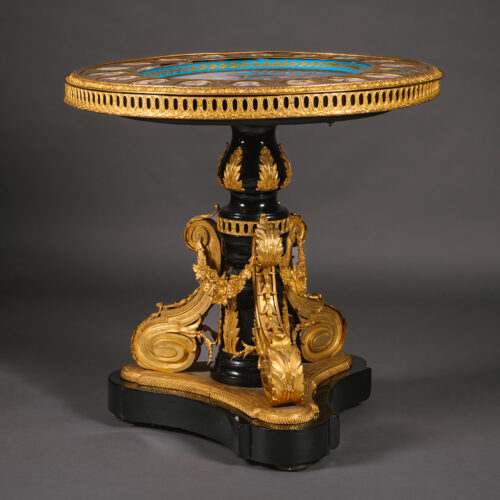
Sèvres (Estilo)
A Fine Sèvres-Style Porcelain and Gilt-Bronze Mounted Ebonised Centre Table
-
£35,000 Añadir a la cesta
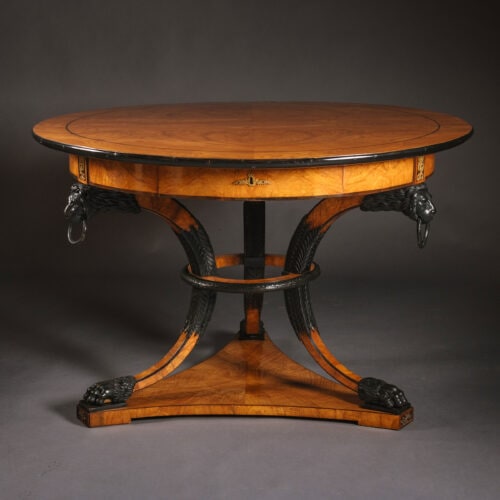
Mesa central Biedermeier de abedul y ebonizada
-
£28,000 Añadir a la cesta
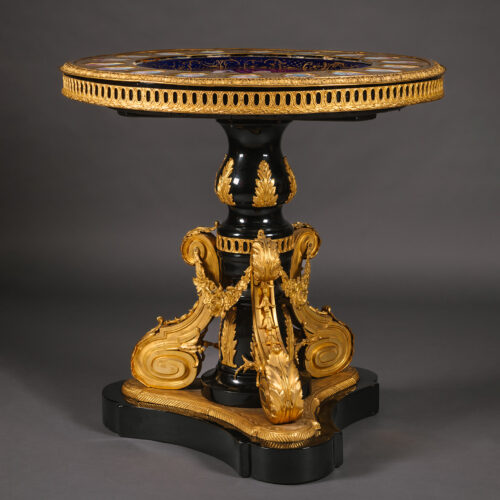
Sèvres (Estilo)
A Fine Sèvres-Style Porcelain and Gilt-Bronze Mounted Ebonised Centre Table
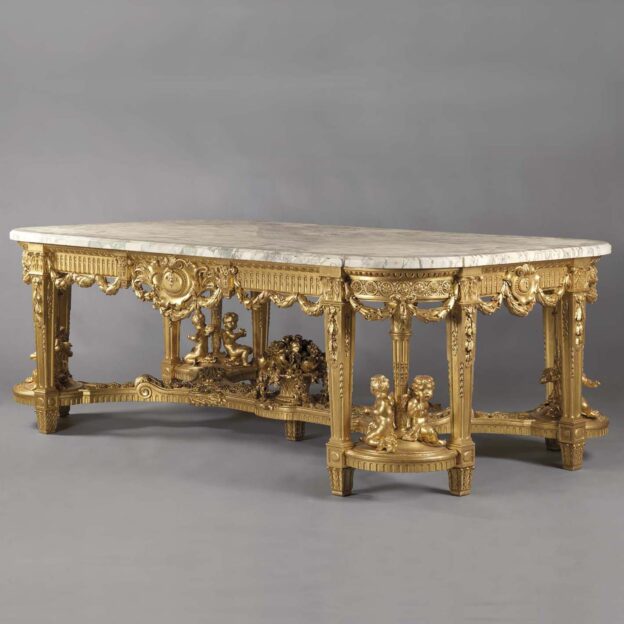




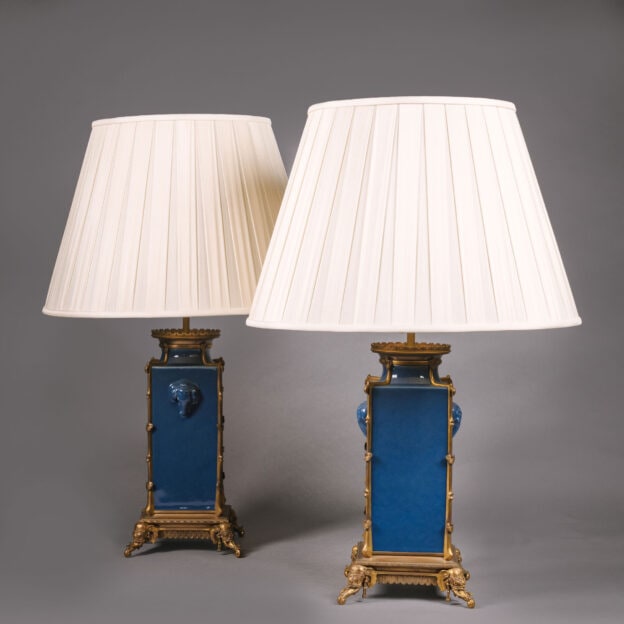
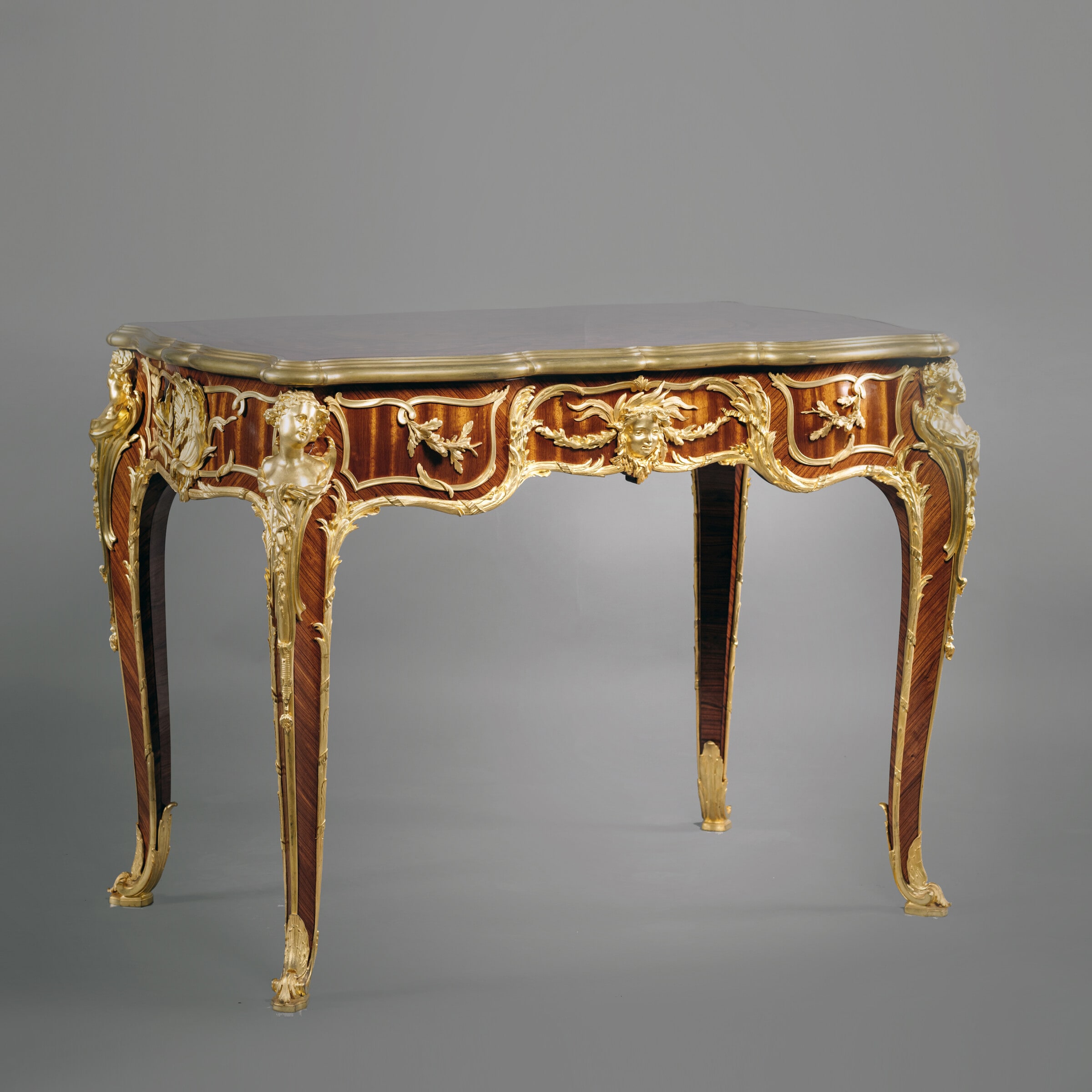
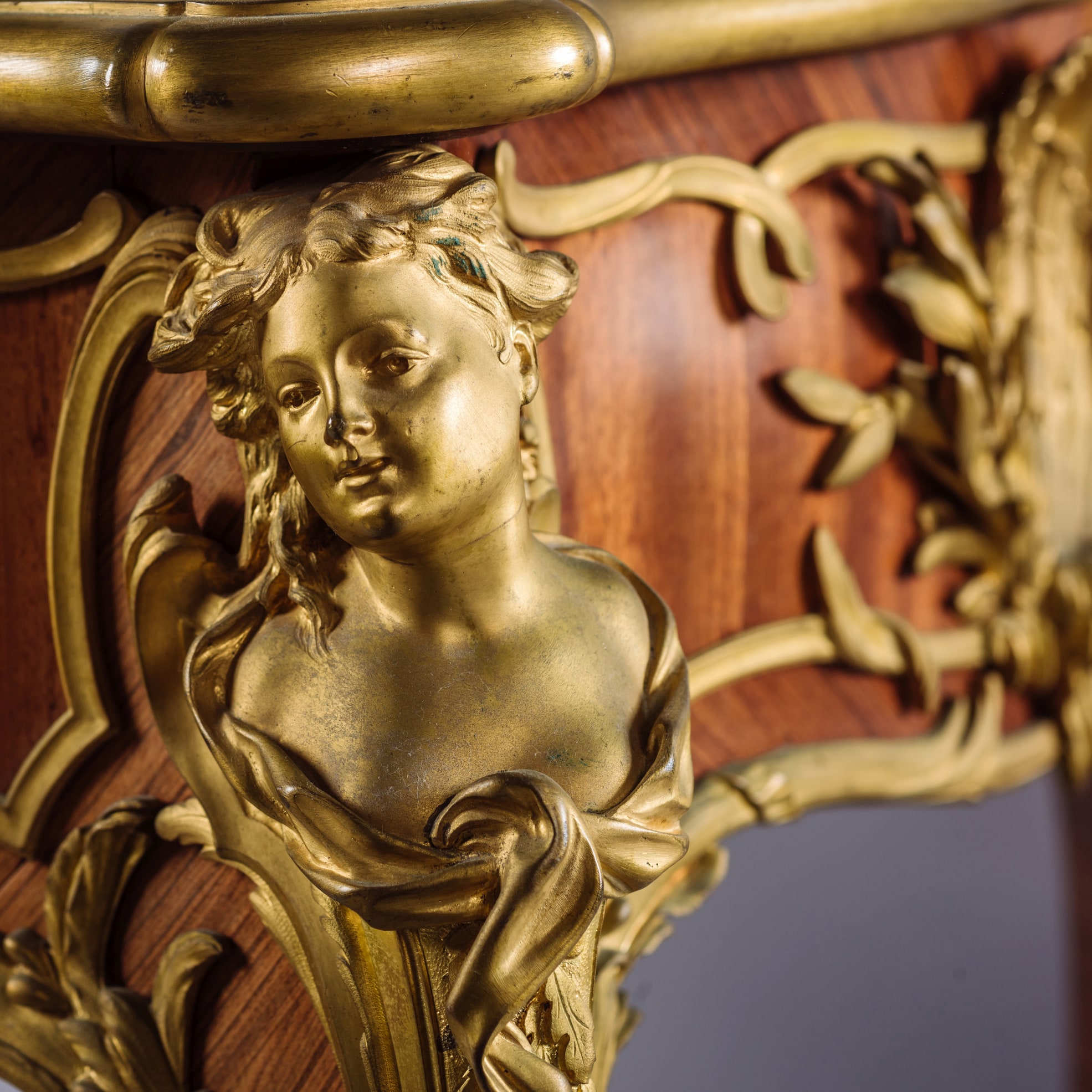
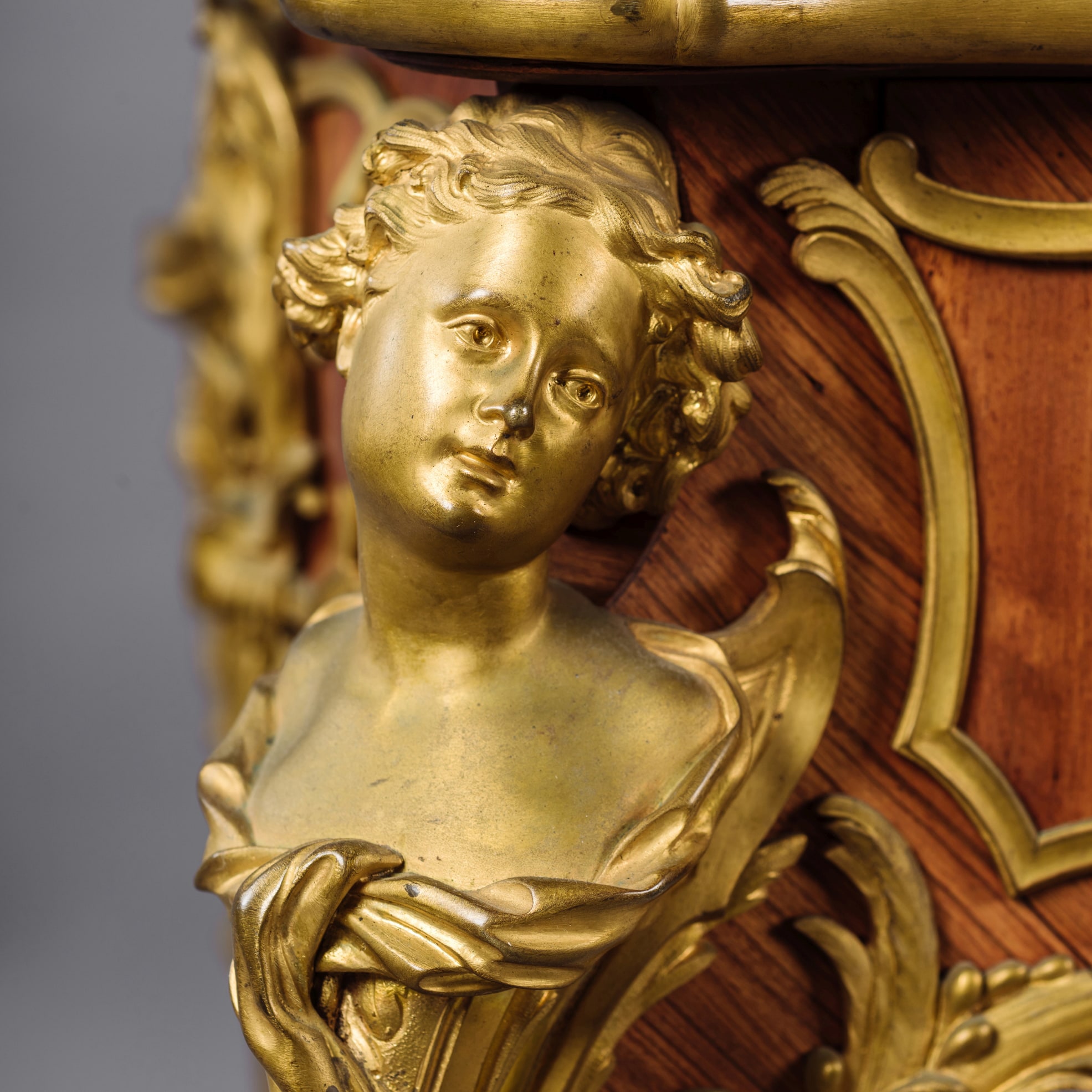
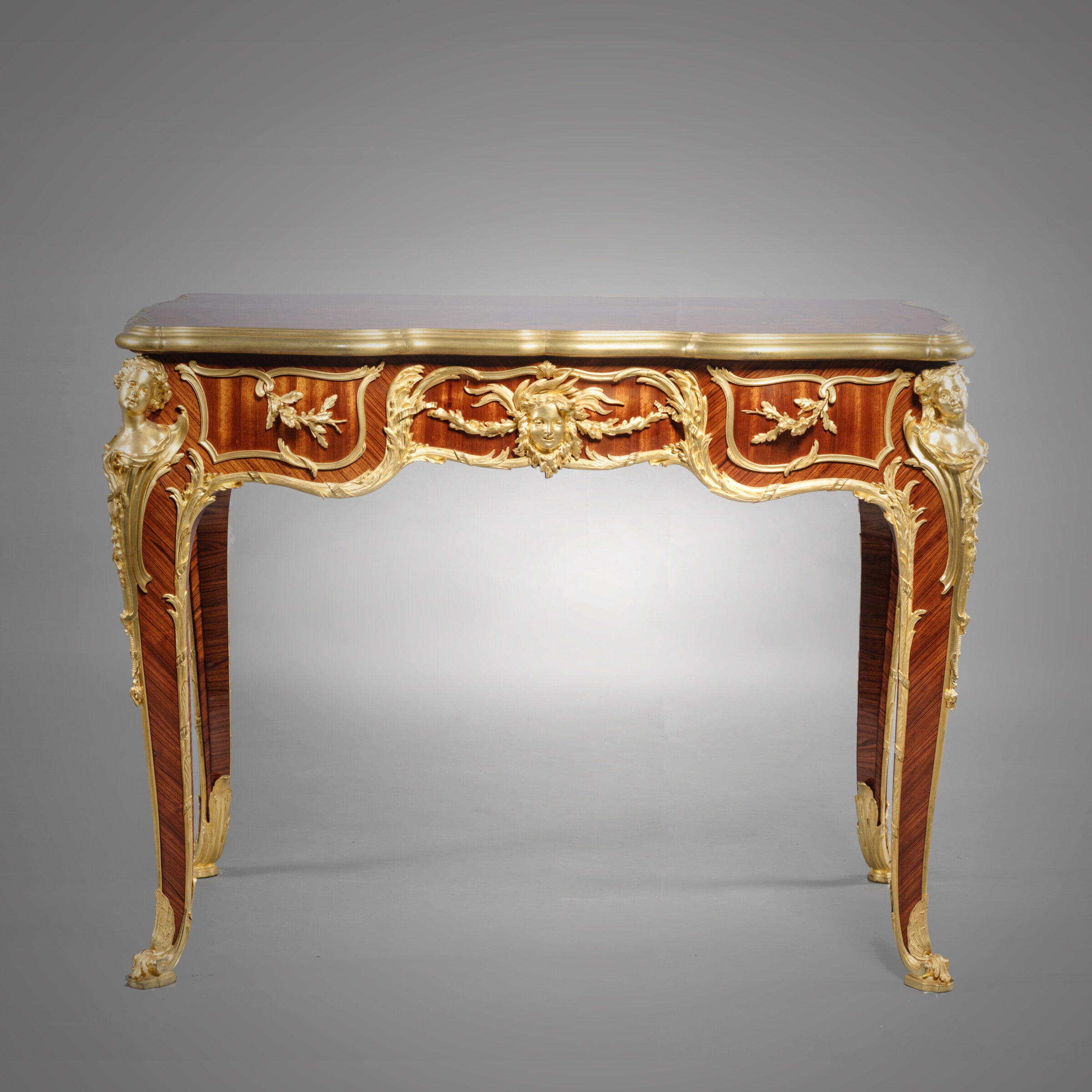
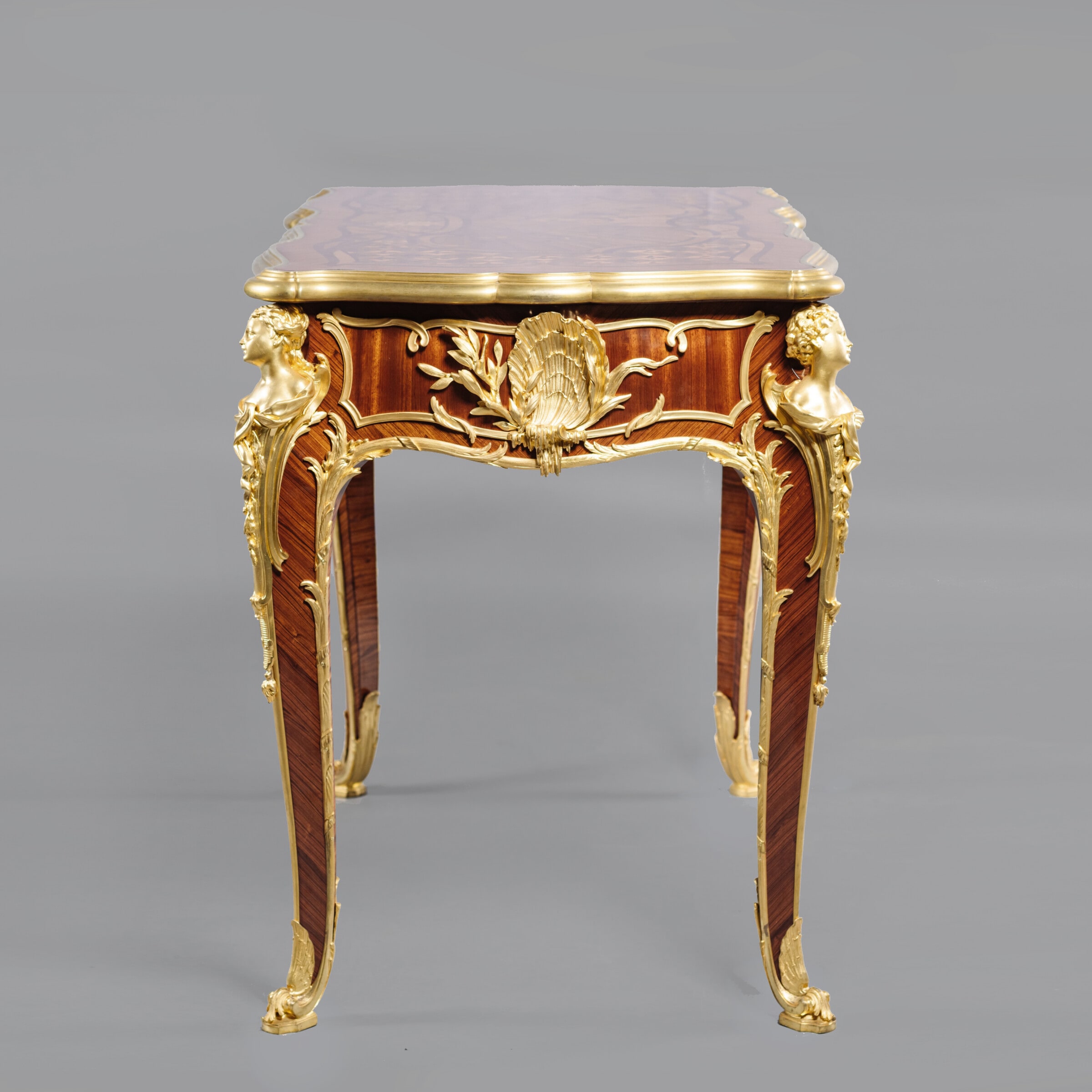
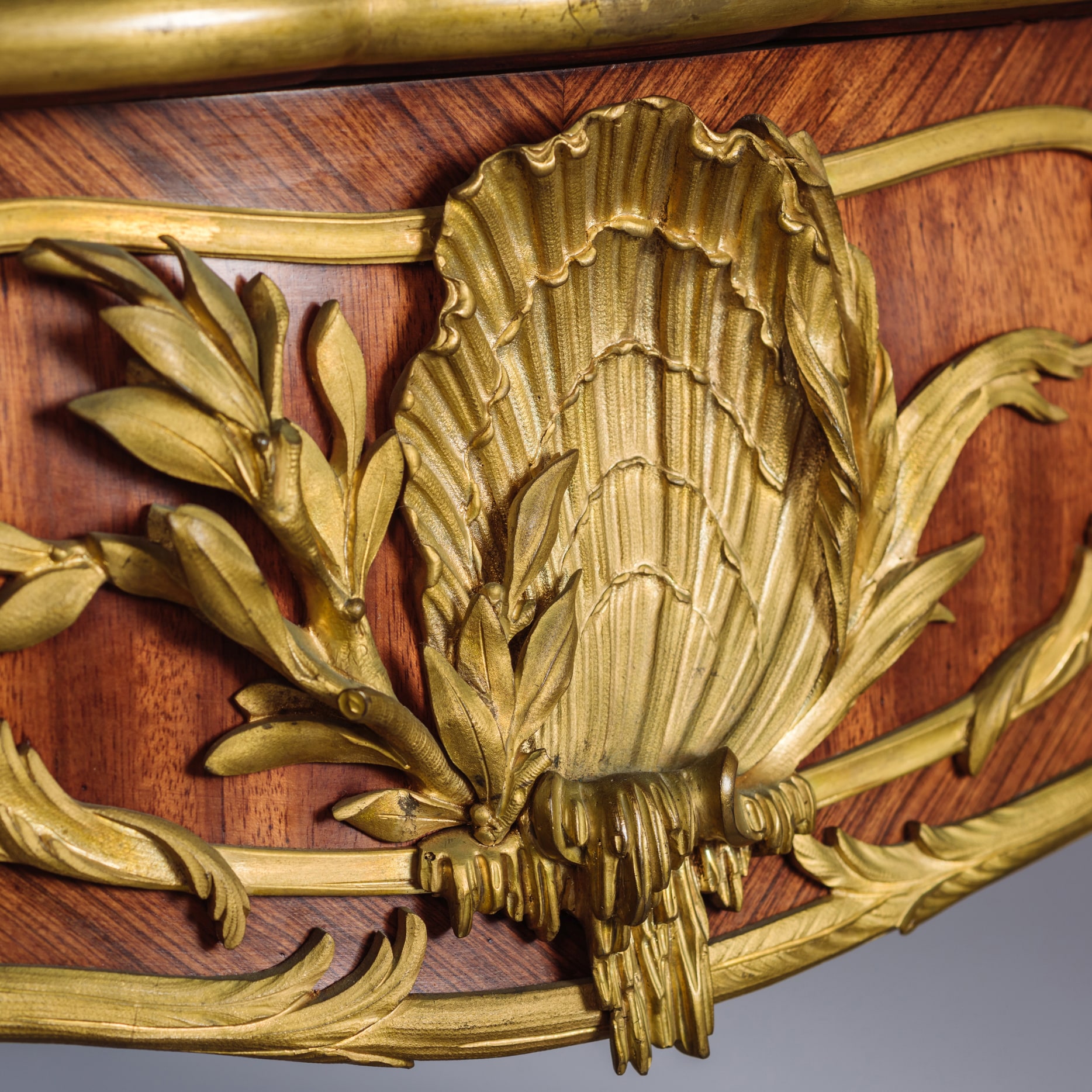


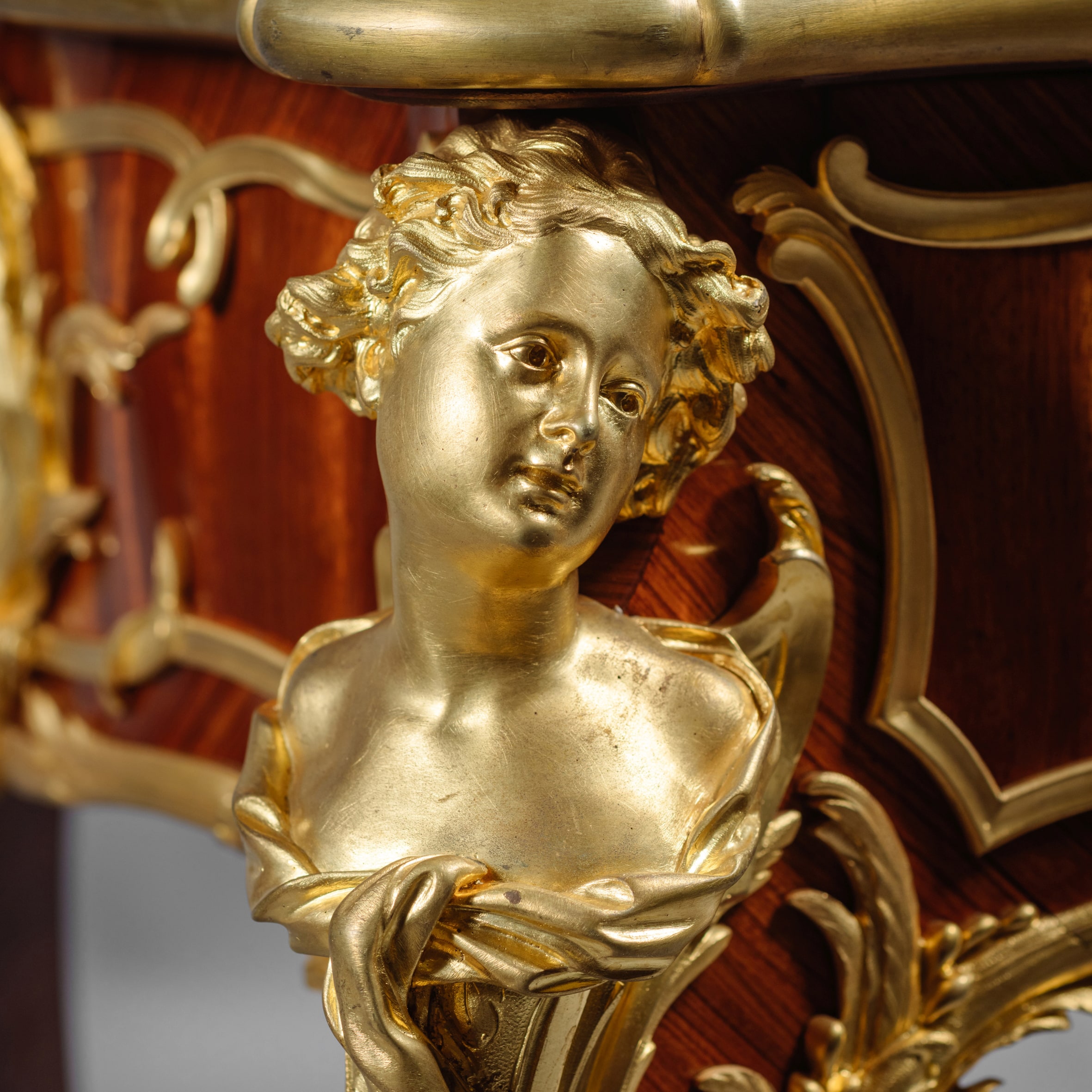
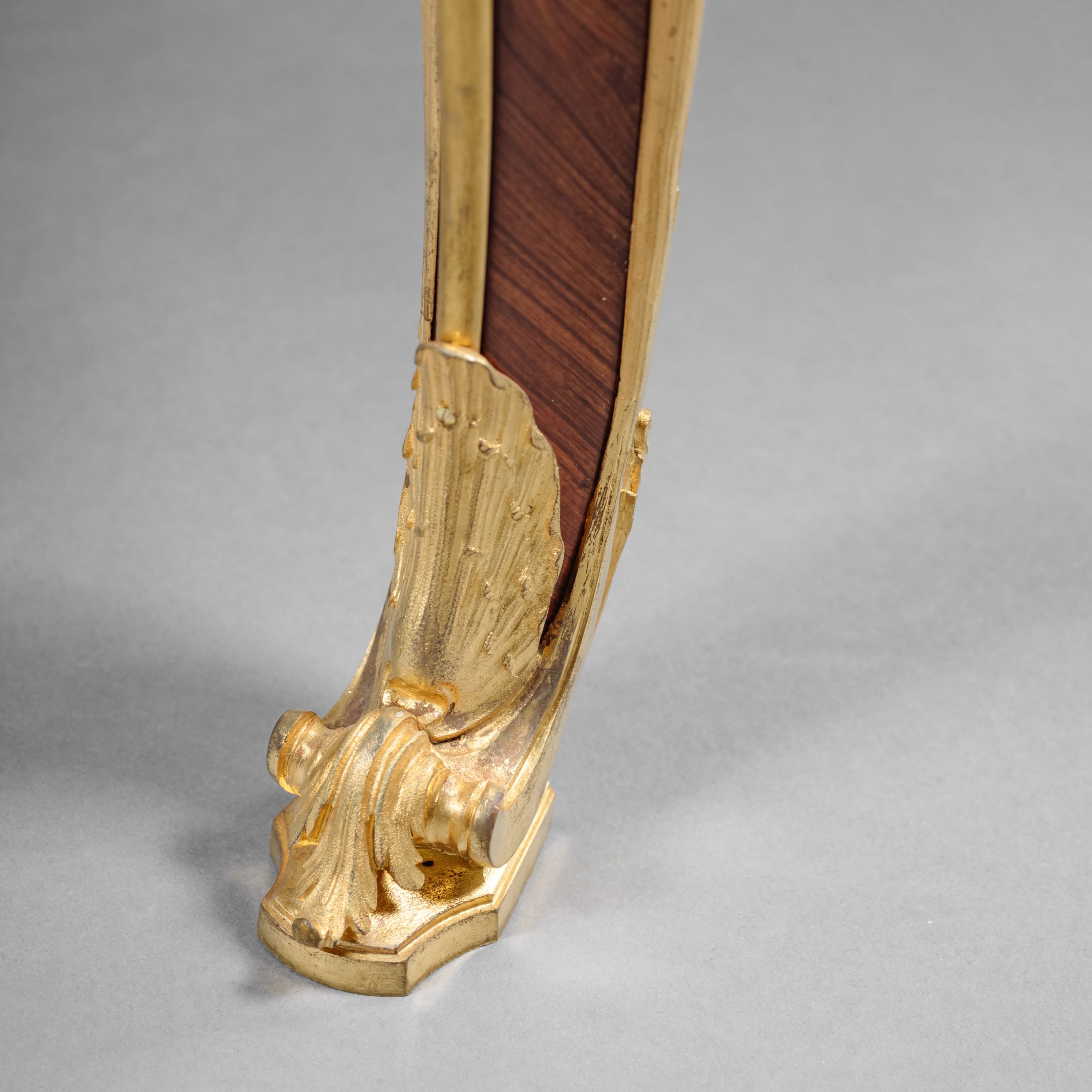
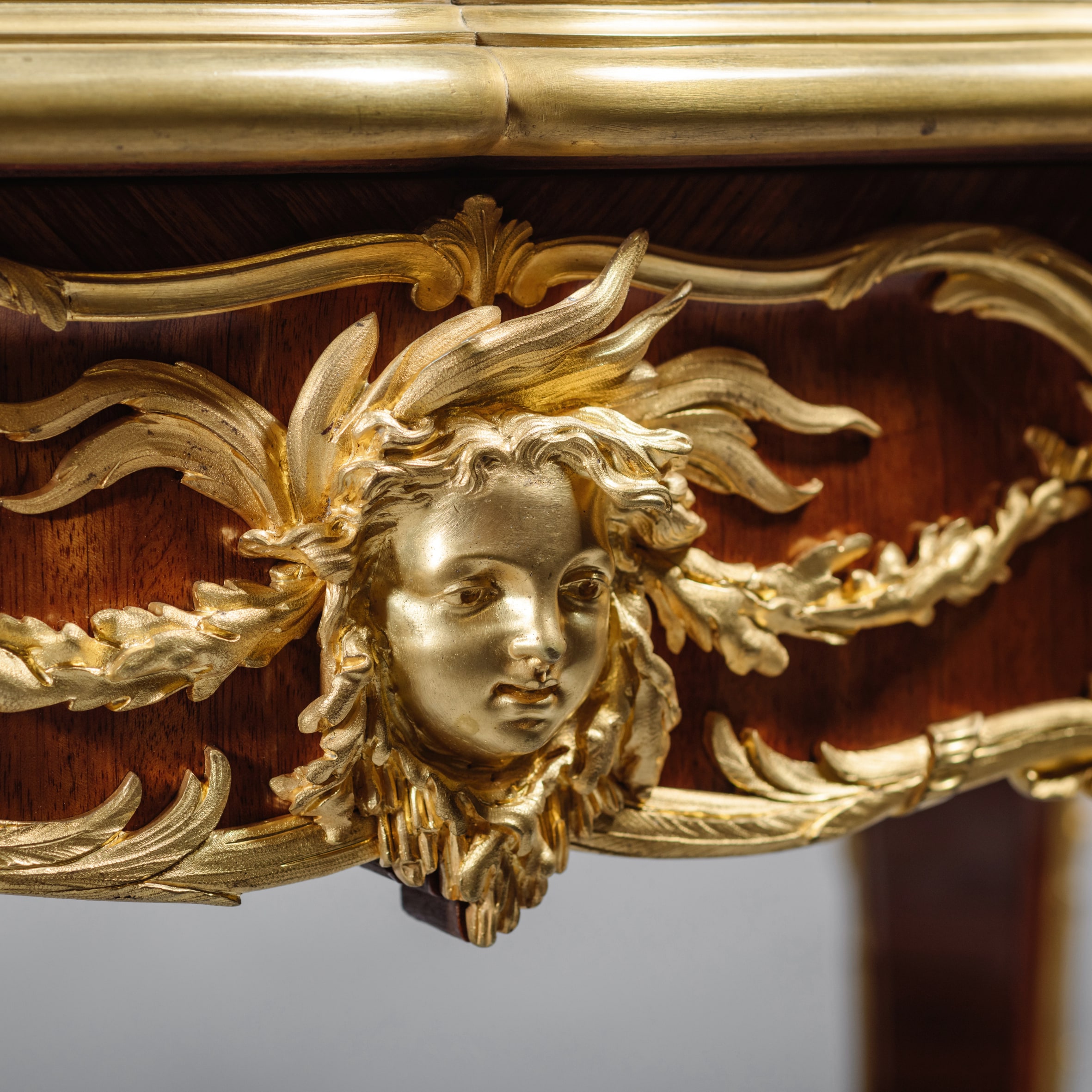
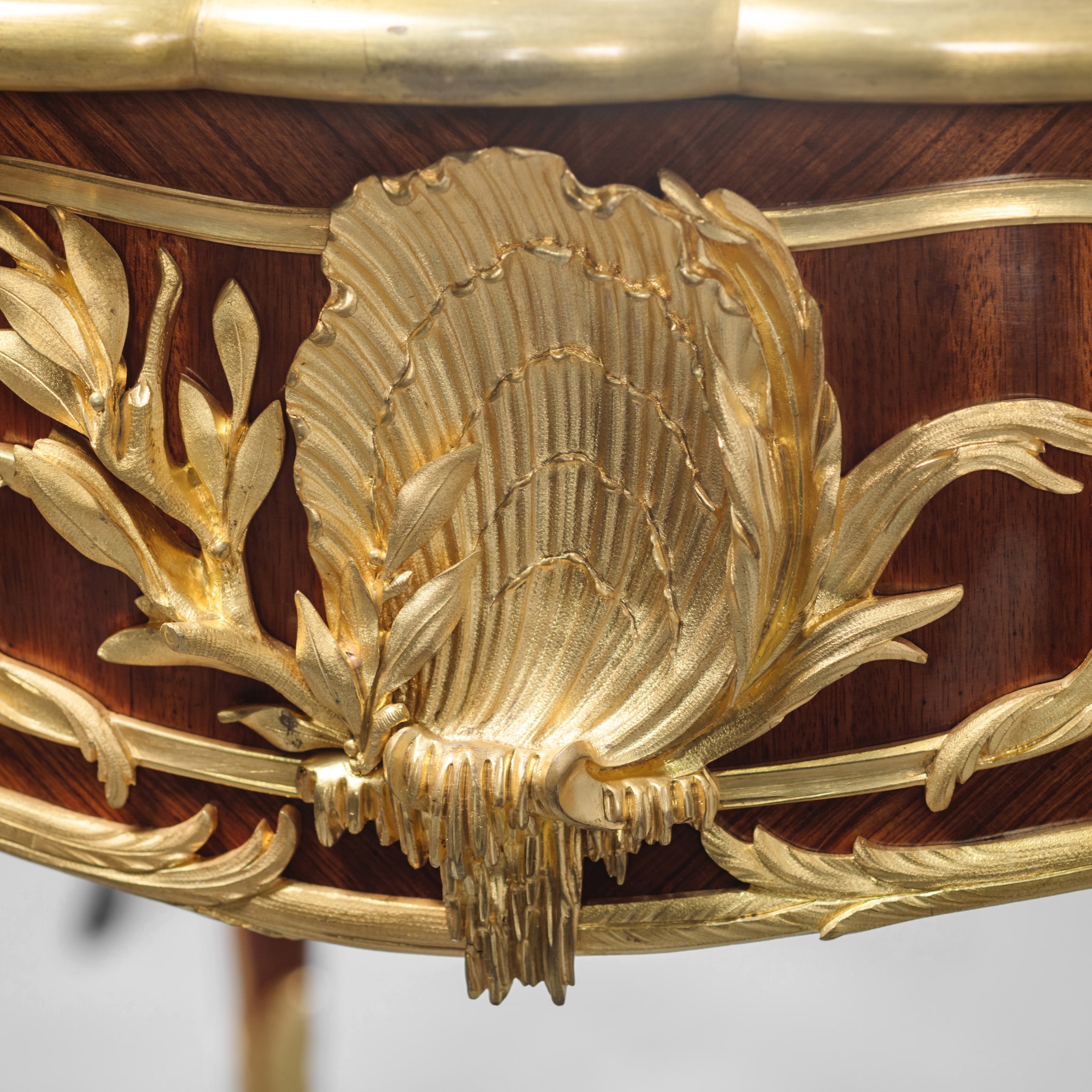
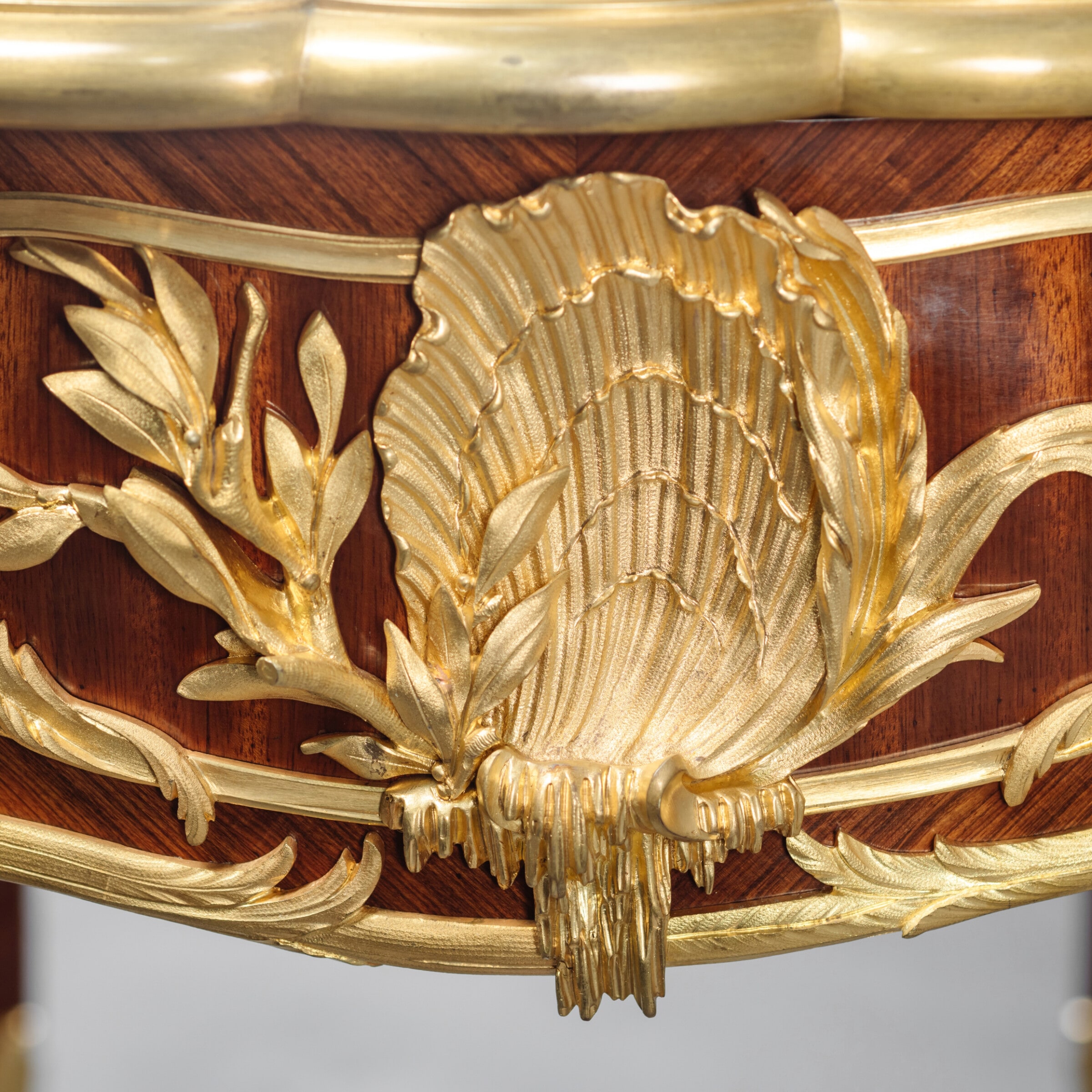
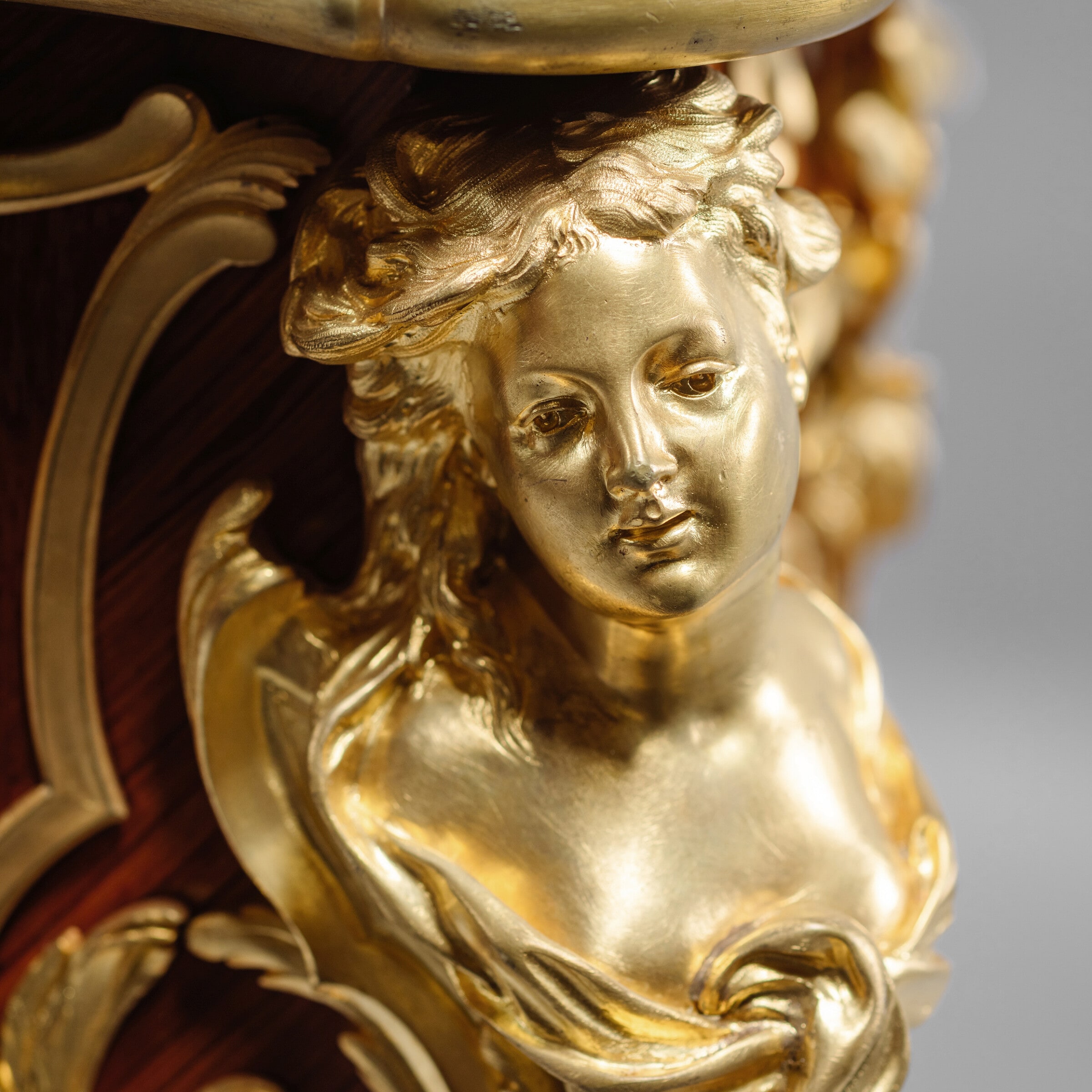
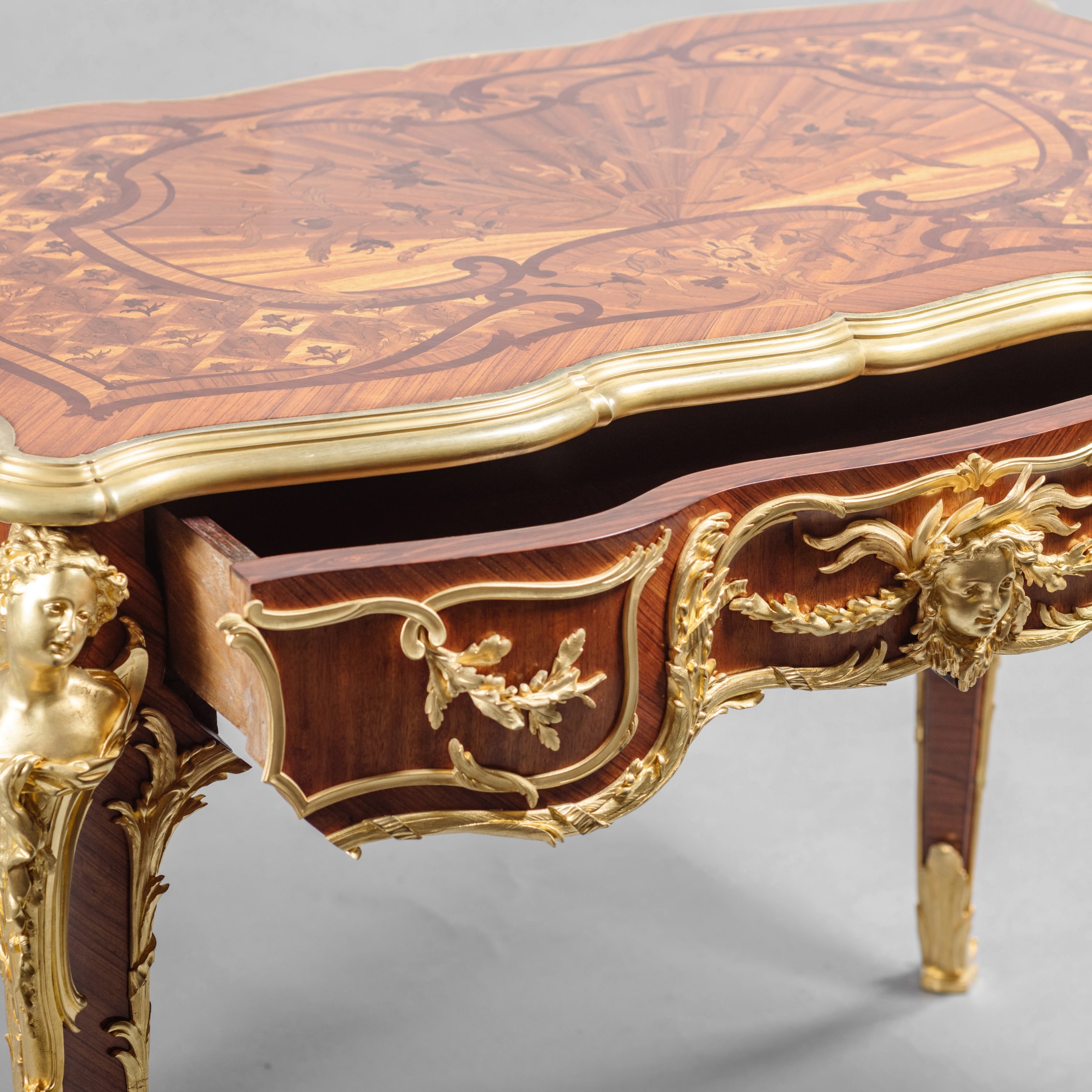
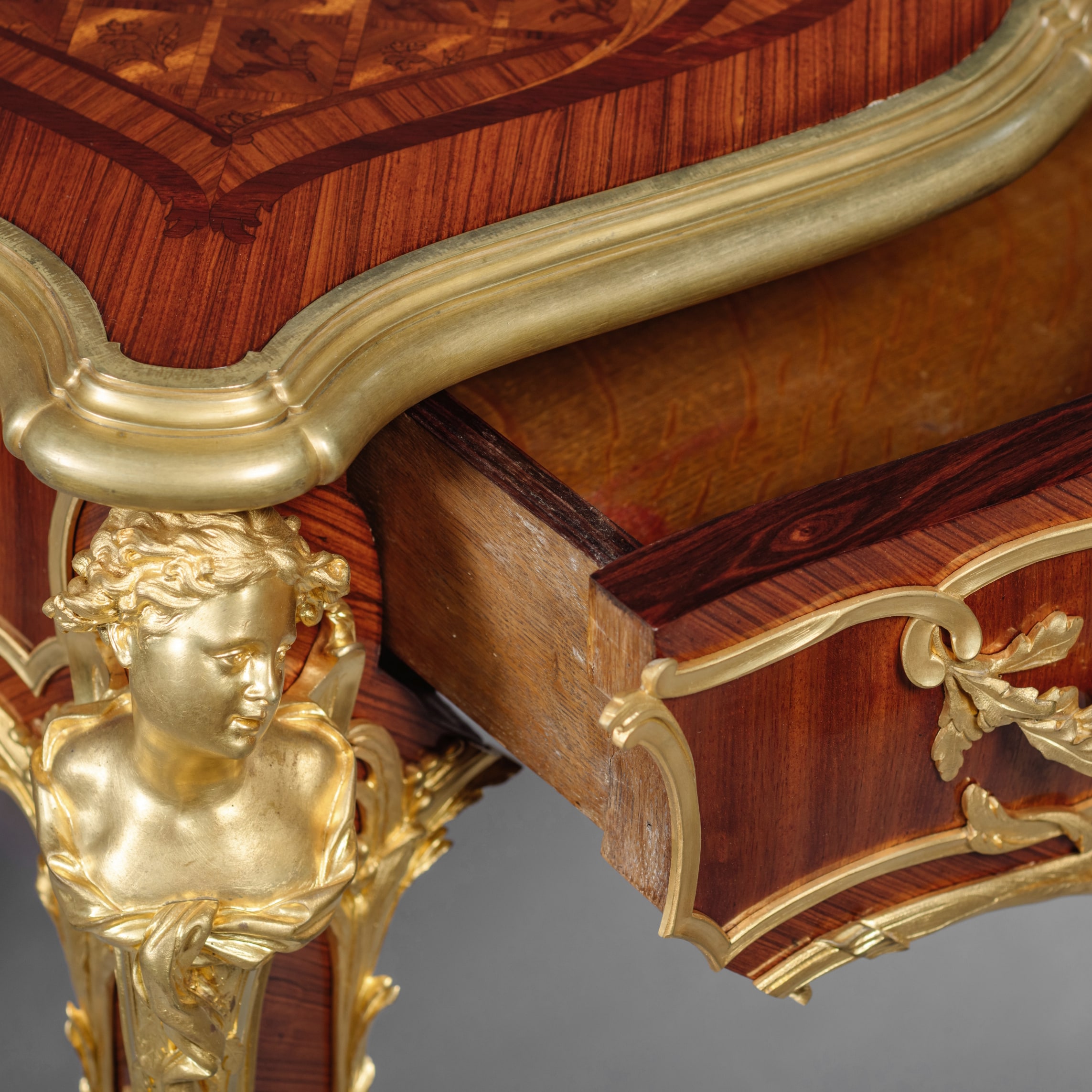
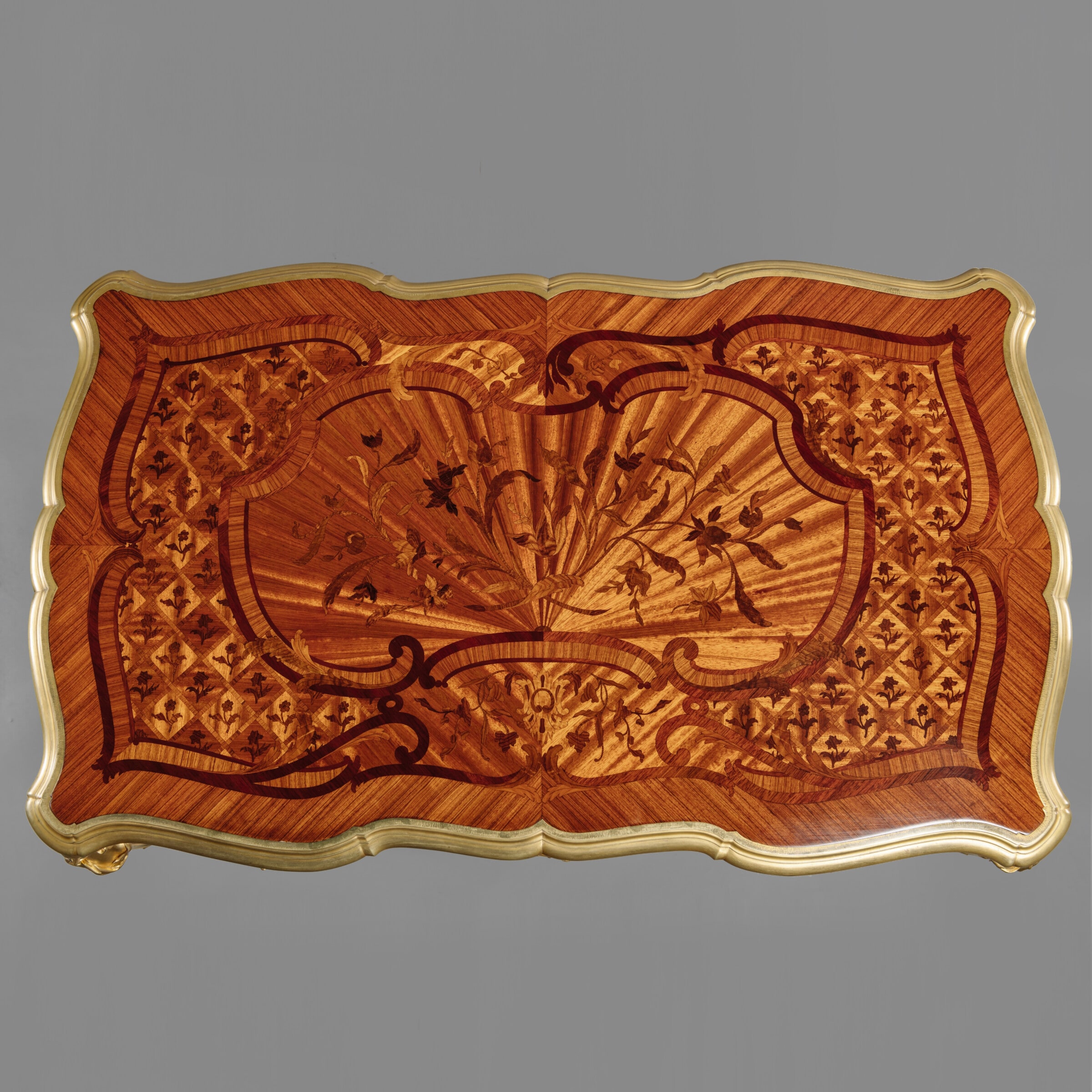
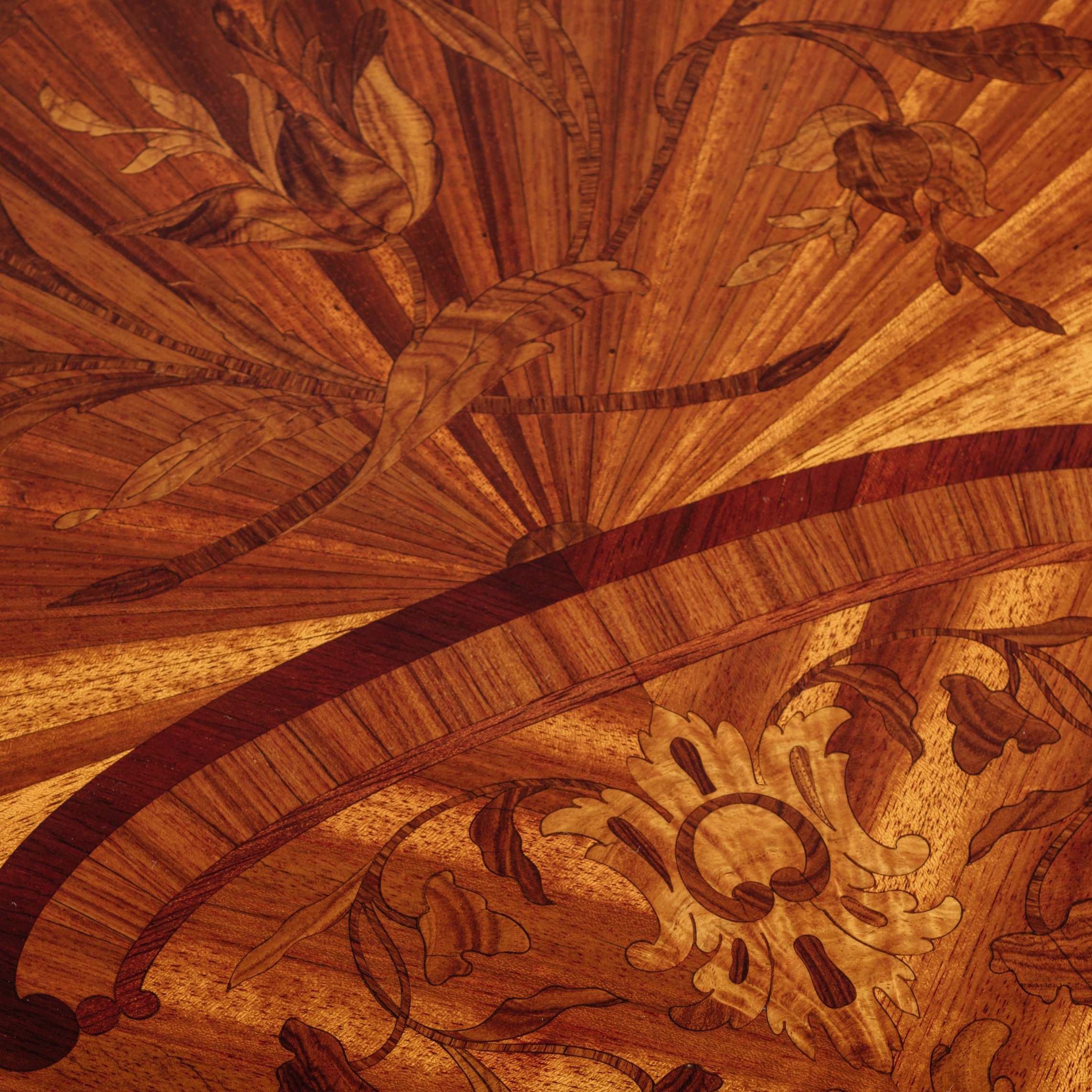
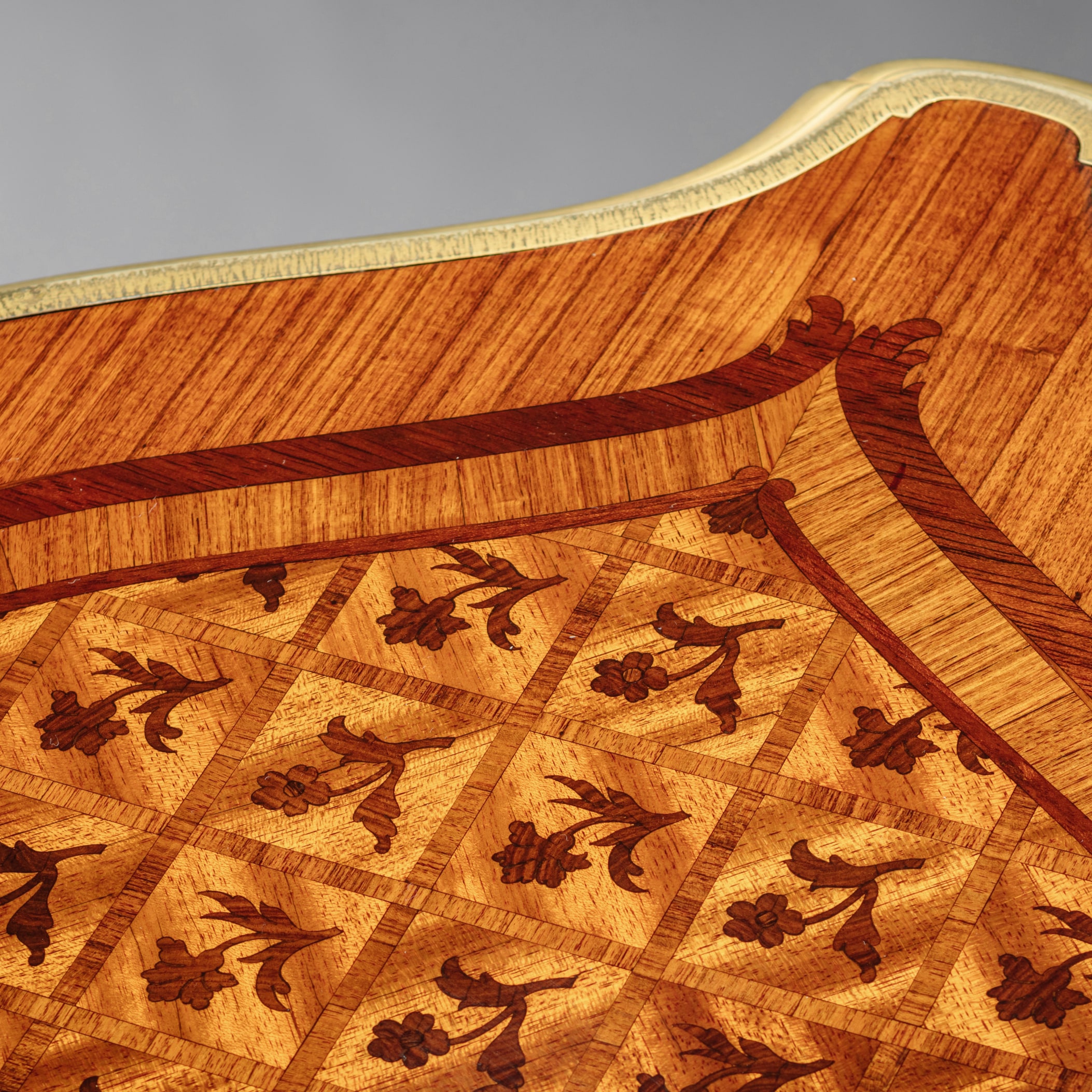

 Imprimir
Imprimir